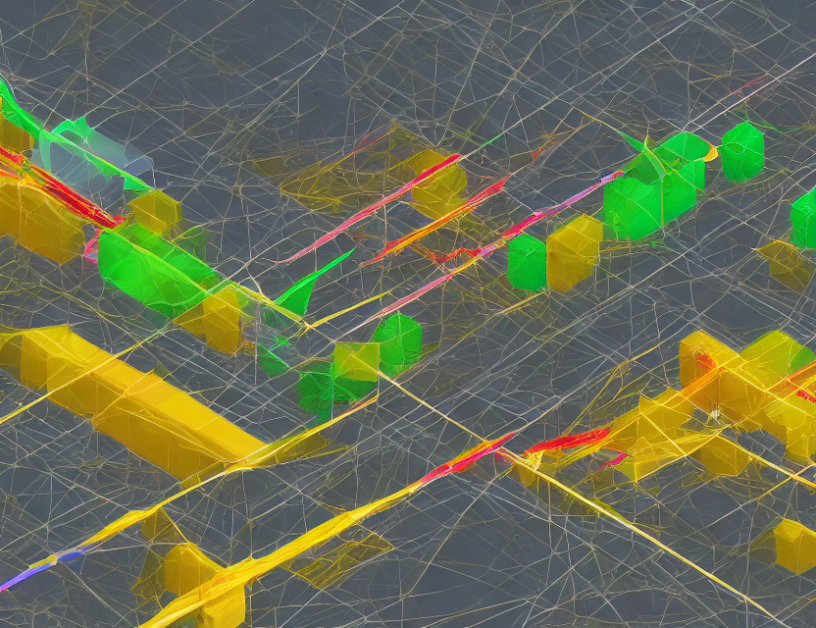In this paper, Tan explores the limitations of deep learning (DL) in terms of computational power and memory usage. As DL models become more complex and large-scale, they require an increasing amount of computational resources to train. This has led to the use of lower precision data types and efficient optimizers to reduce computational demands. However, these techniques may not be sufficient to overcome the limitations of current computing hardware.
Tan provides a comprehensive overview of the current state-of-the-art in DL, including popular models such as BERT and ResNet, and discusses their computational requirements. She also highlights recent advances in hardware technology, such as GPUs and TPUs, which have helped to alleviate some of these limitations.
One of the key insights from the paper is that the computational limits of DL are not just a matter of scaling up computational power, but also involve clever model architecture design and efficient use of resources. Tan provides examples of how researchers are using techniques such as knowledge distillation and pruning to reduce the computational requirements of DL models while maintaining their accuracy.
Overall, the paper provides a thorough examination of the challenges facing DL in terms of computational power and memory usage, and highlights the need for continued innovation in both hardware and software to overcome these limitations. Tan’s work serves as a valuable resource for researchers and practitioners working in the field of DL, providing insights into the future directions of this rapidly evolving technology.
Computer Science, Machine Learning
Low-Precision Training of Deep Neural Networks: Challenges and Solutions



